Invisible Limpopo to sparkling Delta
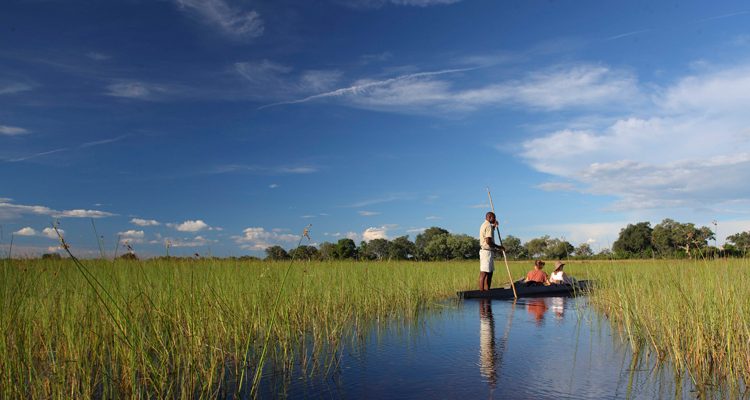
Since Botswana is twice the size of the UK, the diversity between habitats across the various safari areas shouldn’t be a huge surprise. But anyone who hasn’t experienced the Northern Tuli Game Reserve, would probably be shocked that this arid landscape could really just be a single flight away from the watery wonder of the Okavango Delta.
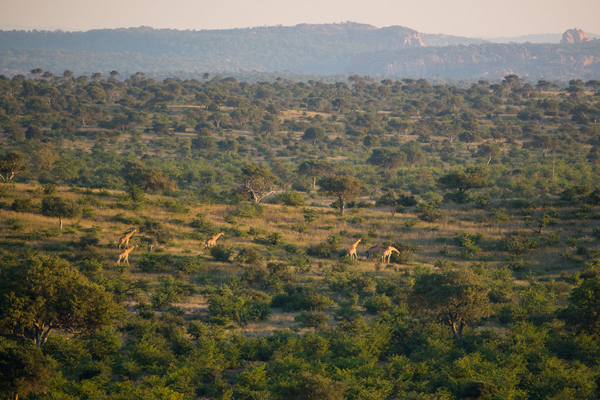
Wide horizons in the Mashatu Game Reserve
Northern Tuli Game Reserve – eastern Botswana
The Northern Tuli Game Reserve in the far east of the country, sandwiched between Zimbabwe and South Africa consists of a number of privately owned safari areas, and includes two of our favourite camps, the luxurious Tuli Lodge and the great value Mashatu Tented Camp.
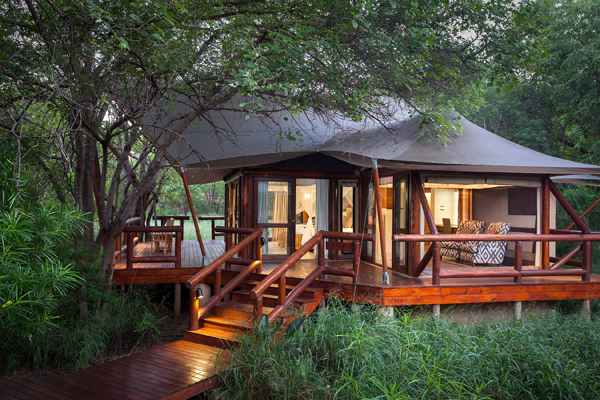
Spacious and comfortable accommodation at Tuli Safari Lodge
Tuli Safari lodge offers cultural excursions and trips to the local village of Mothlabaneng. The tour includes a visit to the school, a wine-tasting experience with a difference (at the lala-palm ‘distillery’) and a chance to see traditional basket-weaving, as well as the opportunity to see some of our community projects in action.
Both properties offer drives, walks, and on Mashatu there are several photographic hides and it’s also possible to ride both mountain bikes and horses. The area is famous for its relaxed elephant herds, but also boasts lion, leopard, cheetah and hyena among the predators that might be seen.
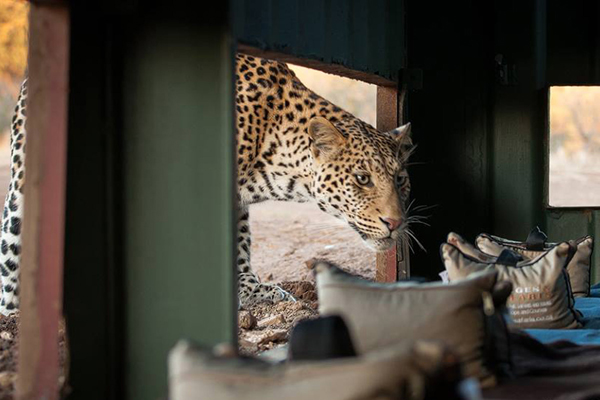
Inquisitive leopard at one of the hides on the Mashatu Reserve
Limpopo River
While the Limpopo River, on Tuli’s southern border, is dry for much of the year, the deeper channels of the Okavango Delta have constant water and therefore support lush vegetation and high densities of wildlife. Camps such as Xigera and Xaranna are on permanent water and known colloquially as ‘wet camps’ offering water based activities such as mokoro trips throughout the year.
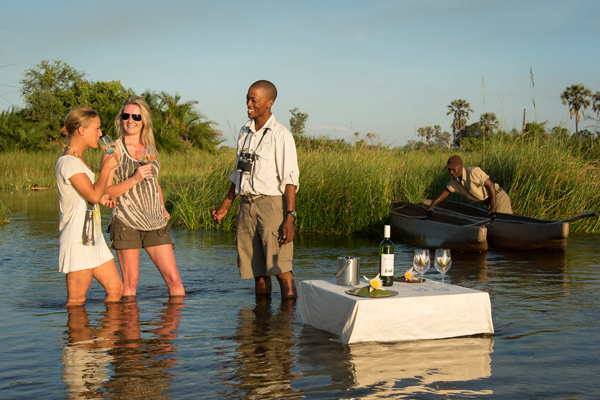
Sundowners on a mokoro trip at Xigera Camp
Okavango Delta
In other areas so-called ‘dry camps’ will only have water in their nearby channels when the annual flood makes its way from the highlands into the Delta between July and September. Outside these months, wildlife drives and in some cases walks, will be the way to enjoy the plains wildlife and predators that call these areas home. Jao is an example of an Okavango Delta camp that offers boat trips and mokoros when the flood is in, and which offers drives, walks and time in their hide during the periods the floodplain is dry.
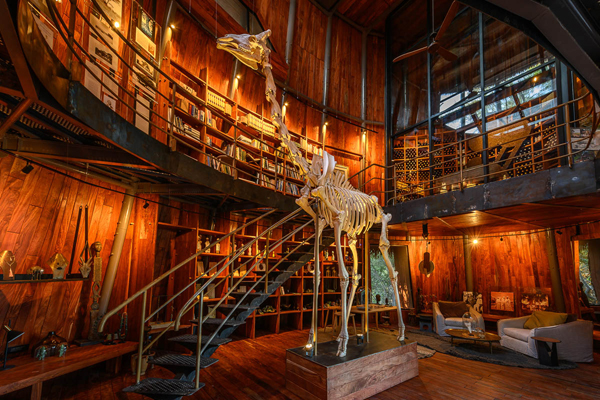
The museum and library at Jao Camp
Few people combine both these areas, but the contrast is worth taking a single flight to enjoy and our team of experts can help you to see more within Botswana than you may have thought possible.
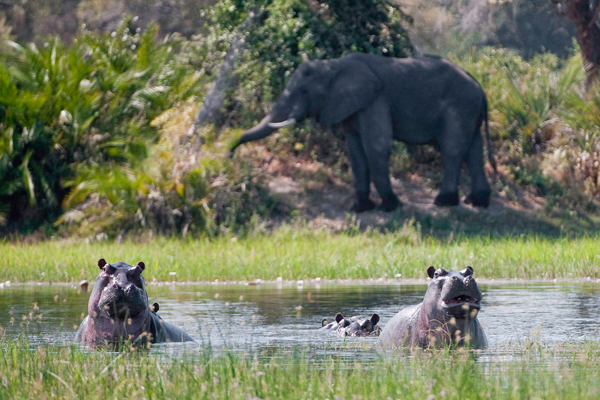
Classic Okavango Delta scenery
Any questions on combining Tuli with the Delta?
If you’ve got this far and not found an answer to a question you have that we should have included, please ask in the comments section below, or pop us an email. We’ll be sure to reply and may amend the article to include our answer.
What next?
We would be delighted to help you plan a holiday, or answer any questions if you’re at an earlier stage. Our team of experts have travelled widely throughout Africa. They can offer expert advice on every type of safari from family and beach holidays to riding and primate safaris. If you would like to talk to someone who has been there and done it, please just send us an email or give us a call.
How much is this safari please. Two people sharing.
Thanks
Michael.
Dear Dr Michael,
Your enquiry has been passed on to a sales person who will be in touch shortly. Best regards Ren